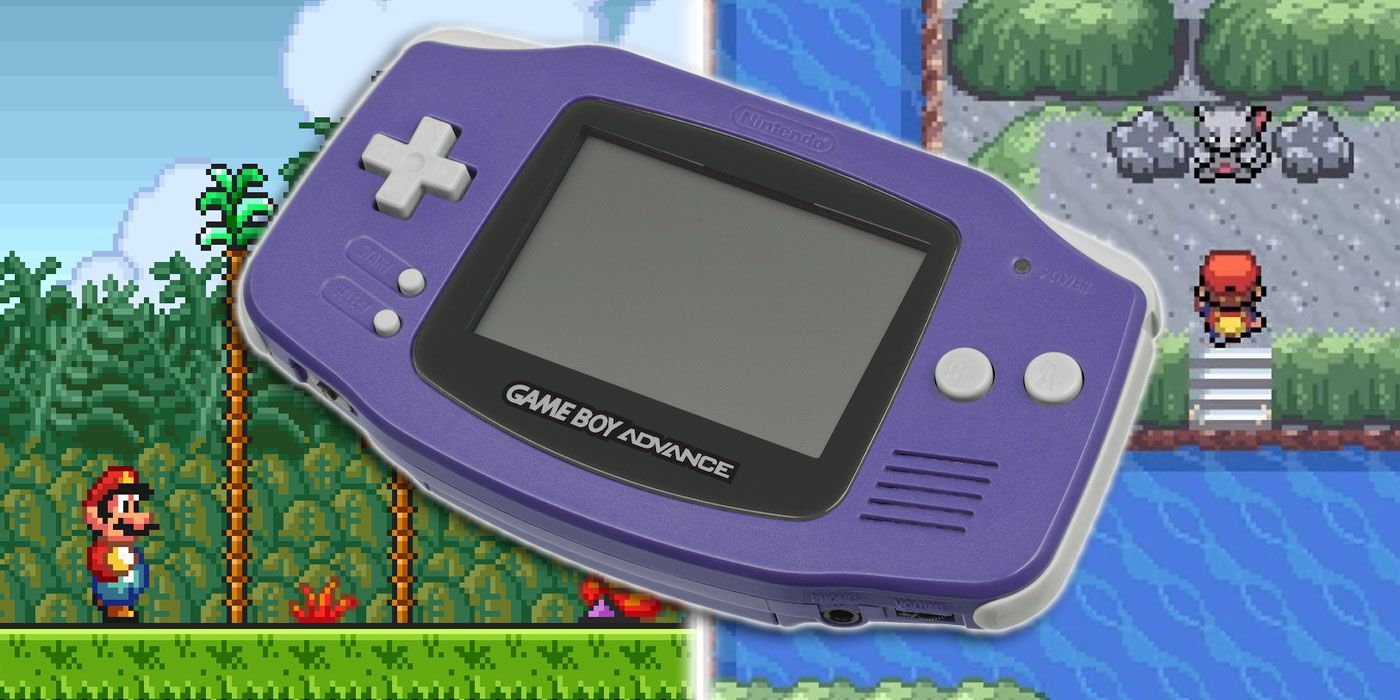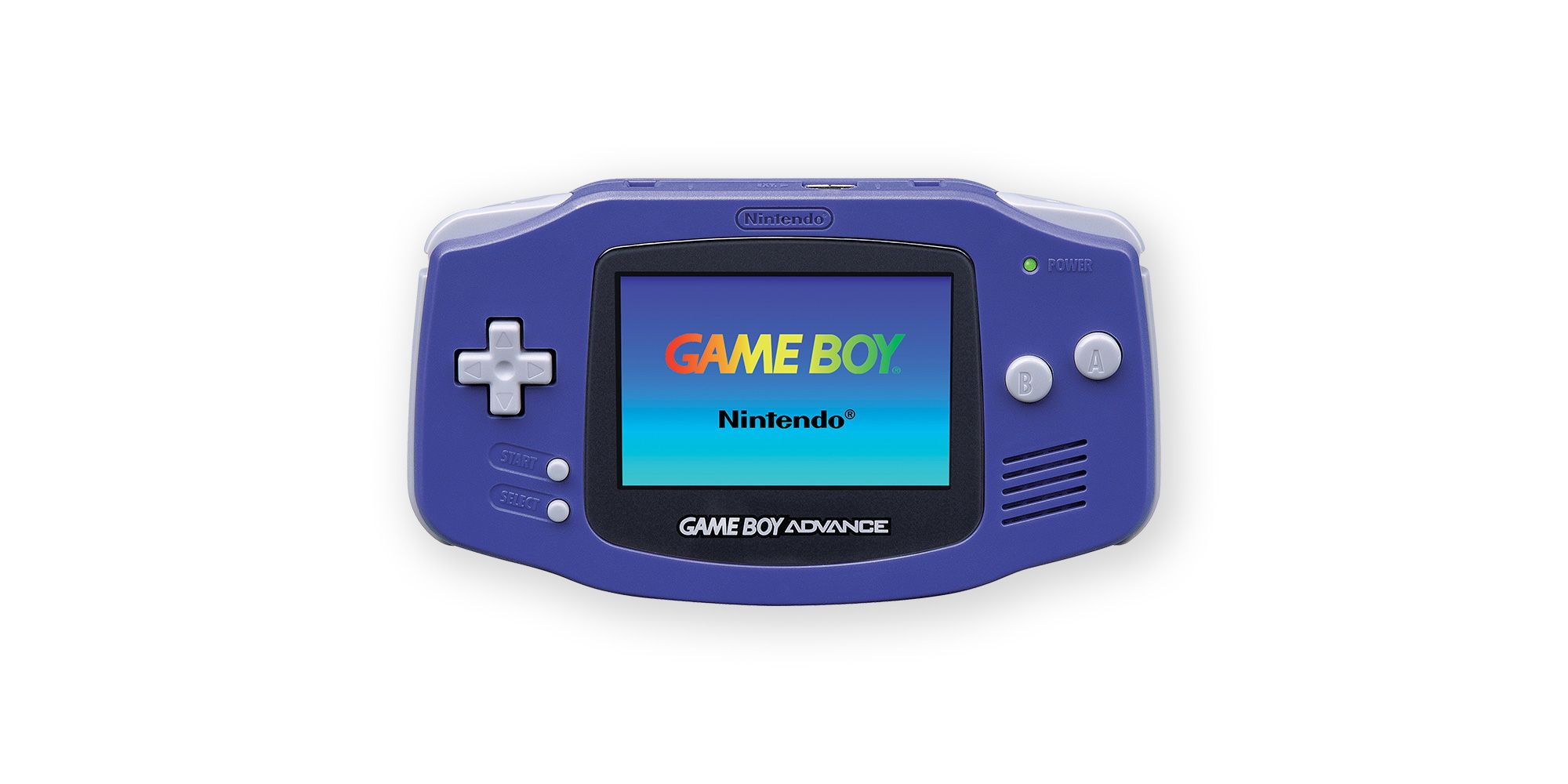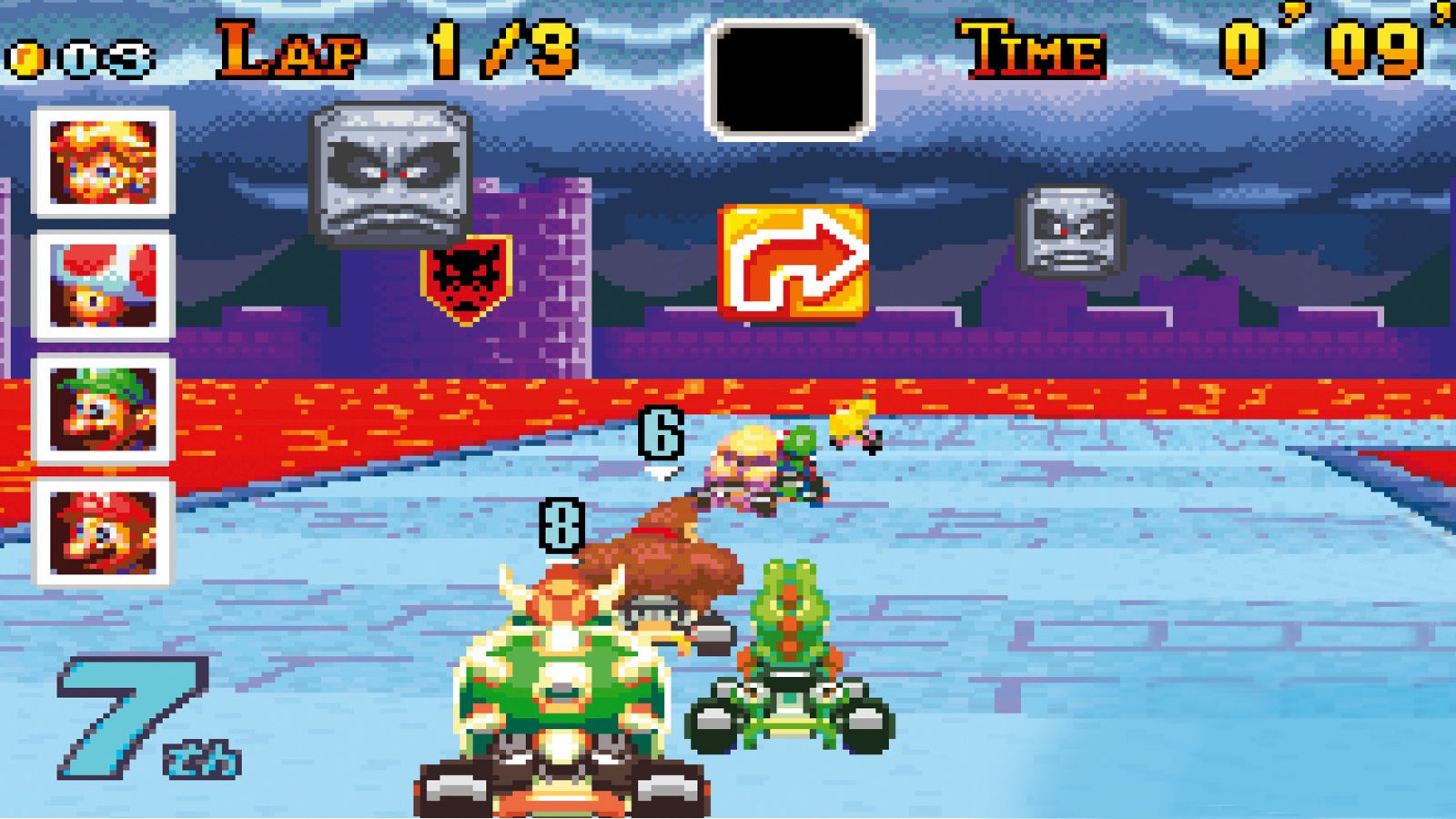While the Game Boy Advance may seem a bit rough around the edges by today’s standards, it was an industry leader, praised for its processing power and portability at the time of its launch. Smartphones weren’t all that smart in the early 2000s, and the novelty of having a library of games at your fingertips at any given moment had yet to wear off. Without social media providing constant dopamine fixes, gaming was the predominant pastime while transiting, on the schoolyard and while sitting in waiting rooms around the world.
With its wide, flat gaming screen, a colorful lineup of skins to suit anyone’s tastes, and juggernaut library of best sellers on board, the Advance made its triumphant debut into the gaming market throughout most of the world in the early 2000s. With color a relatively new addition to the scene, Nintendo was going all-in on the beautiful images and worlds it could paint with its huge leap from the 8-bit processor in the Game Boy Color to four times that in the next generation. The GBA is fondly remembered today, 20 years later and nearly a decade after the last unit was produced. Let’s take a look at why.
The GBA had some big shoes to fill. Leaving the Virtual Boy in the dust after lackluster sales and a poor reception, Nintendo had returned to its dominance in the handheld gaming world with the Game Boy Color, the true heir to its portable gaming kingdom. Boasting an impressive 32 bits, the Game Boy Advance was an impressive piece of hardware at the time. The most noticeable change from its predecessors, however, was its exterior. While it would eventually be succeeded by the Game Boy SP, which sported a retro flip open portrait design, Nintendo had given the Advance a landscape profile, a choice it has maintained for many of its consoles ever since.
The aesthetics and computing power weren’t its only drawing factors. The Game Boy Advance also had a plethora of titles that smashed records left and right. Pokémon titles Ruby and Sapphire became the highest selling games on the console with over 16 million units sold in addition to the Fire Red and Leaf Green remakes reeling in a monstrous 12 million units-- an impressive feat given this was a time when internet hype couldn't reach the enormous heights it could today.
However, they weren’t the only heavy hitters as Mario titles would round out the top five games of the GBA with Mario Kart: Super Circuit in addition to Super Mario World: Super Mario Advance 2. These games were absolute behemoths at the time, quickly garnering praise for their gameplay and graphics alongside hit review scores. In addition to new titles on its horizon, the Game Boy Advance was also capable of playing Game Boy Color and Game Boy titles, which only sweetened the deal for anyone on the fence about getting one at the time.
Part of the reason the console is remembered so well may also lay with its longevity. The GBA still exists today on the second-hand market and can be found on many online retailers in addition to brick and mortar locations around the globe. Easily maintained, these consoles are relatively simple when compared to today's electronics and can be brought into local tech shops for touch-ups in addition to being fixed at home thanks to a few video tutorials. The GBA also has a wide variety of rare and collectible versions, sporting unique aesthetics based on various gaming titles, such as the aforementioned Pokémon and Mario franchises. Anyone looking for a hit of nostalgia is rarely a few clicks away from picking one up themselves. With its backwards compatibility, improved visuals and library of gold, it's easy to see why this console is considered as much of a classic gem today as it was a cutting-edge piece of gaming in 2001.



